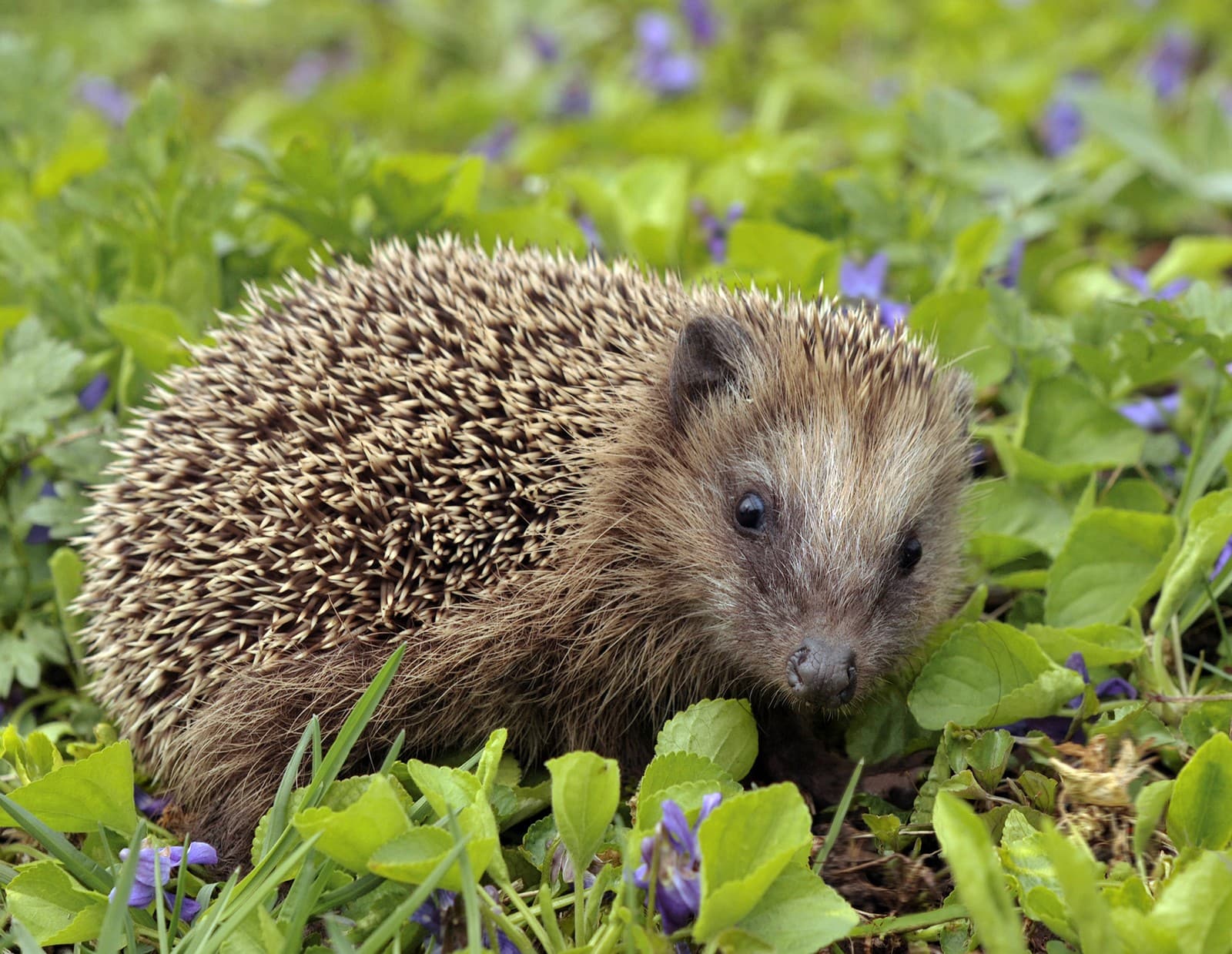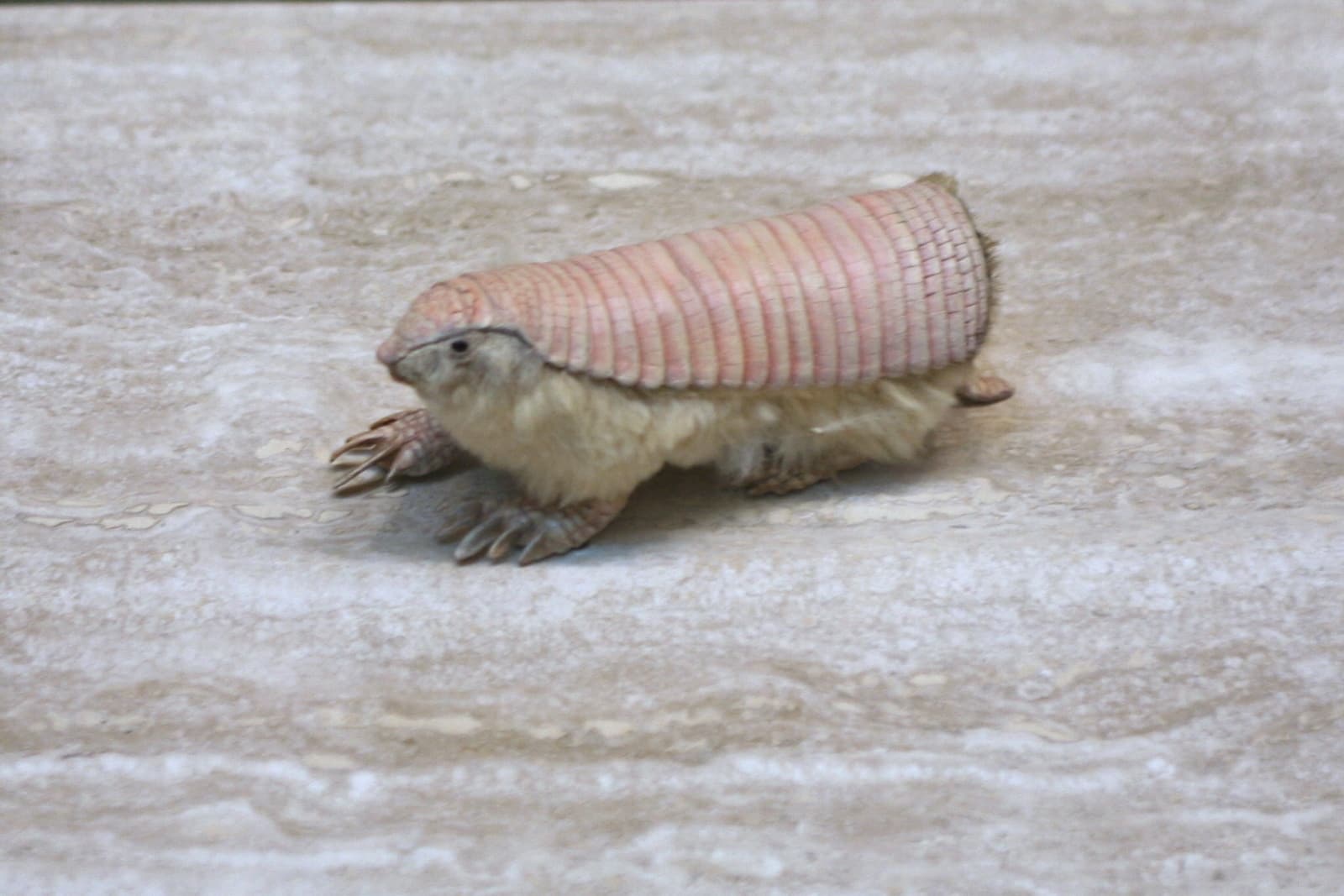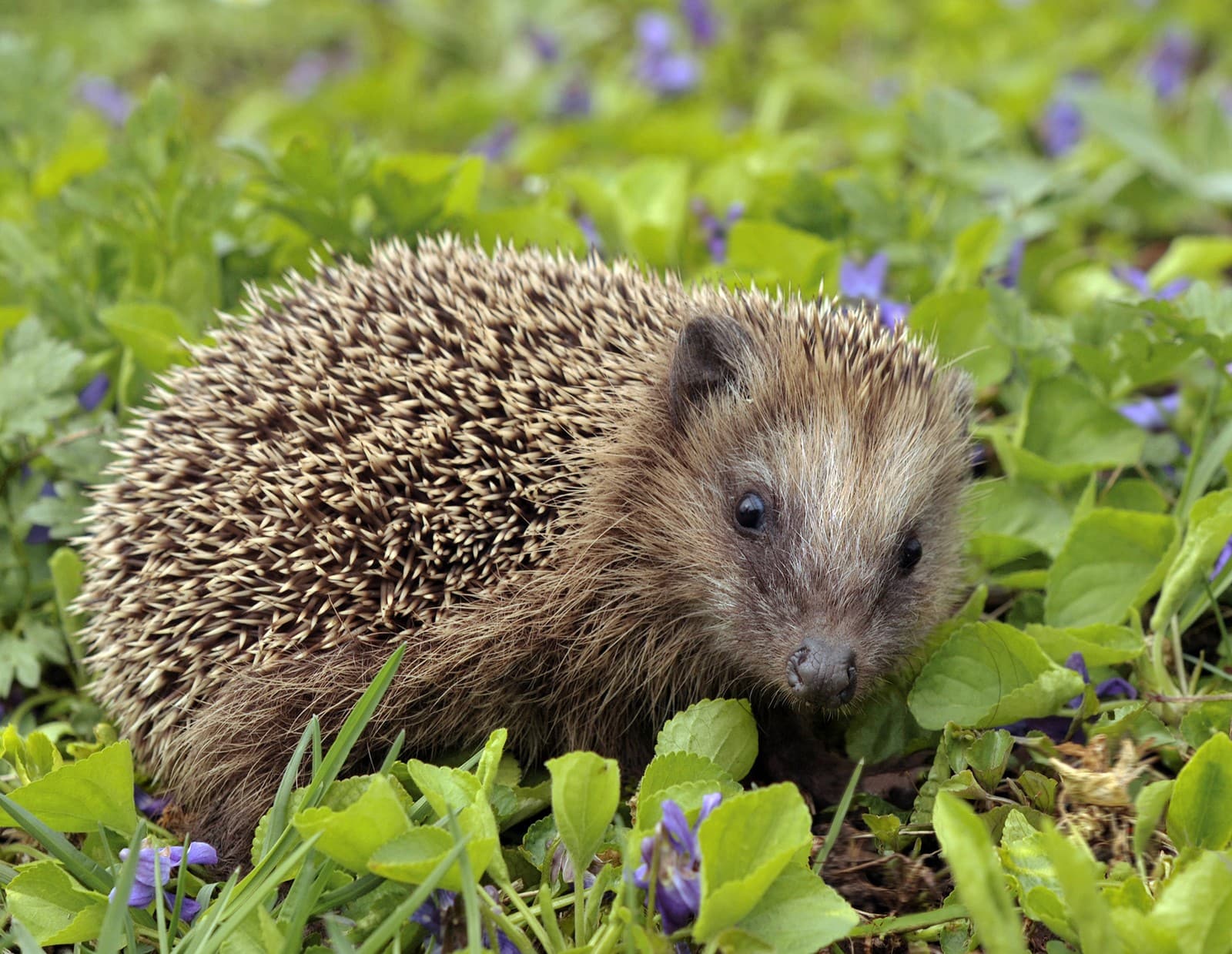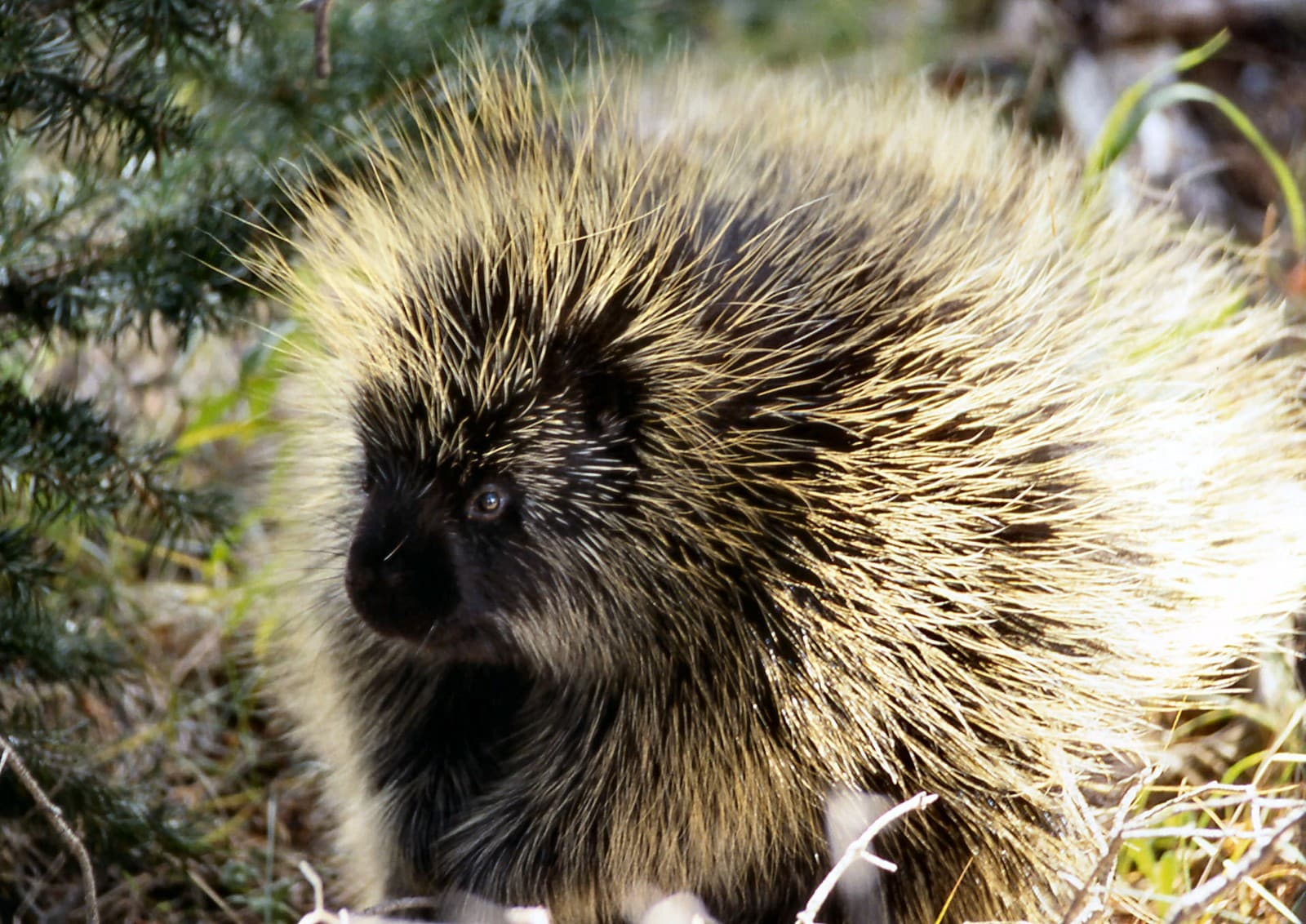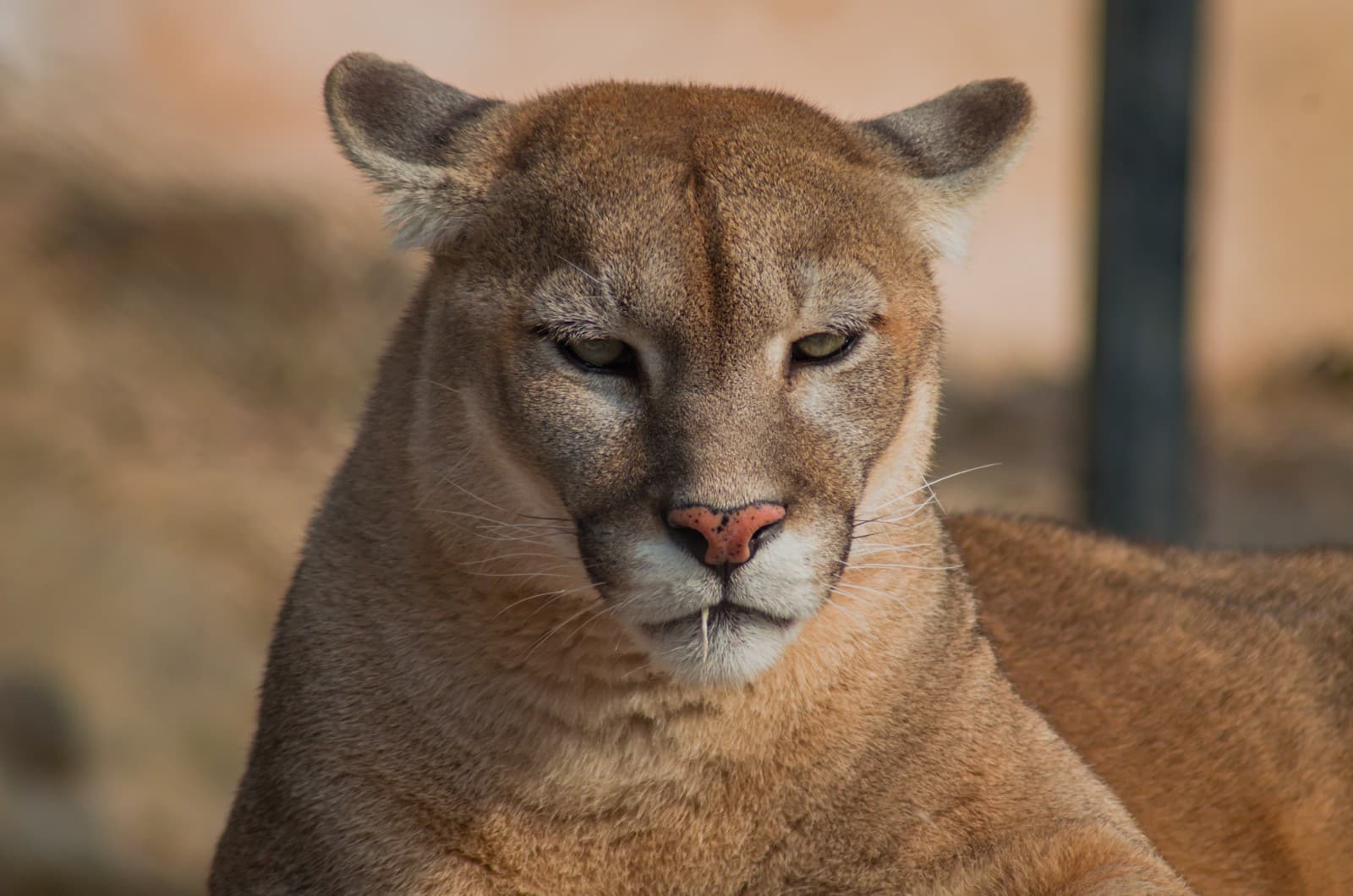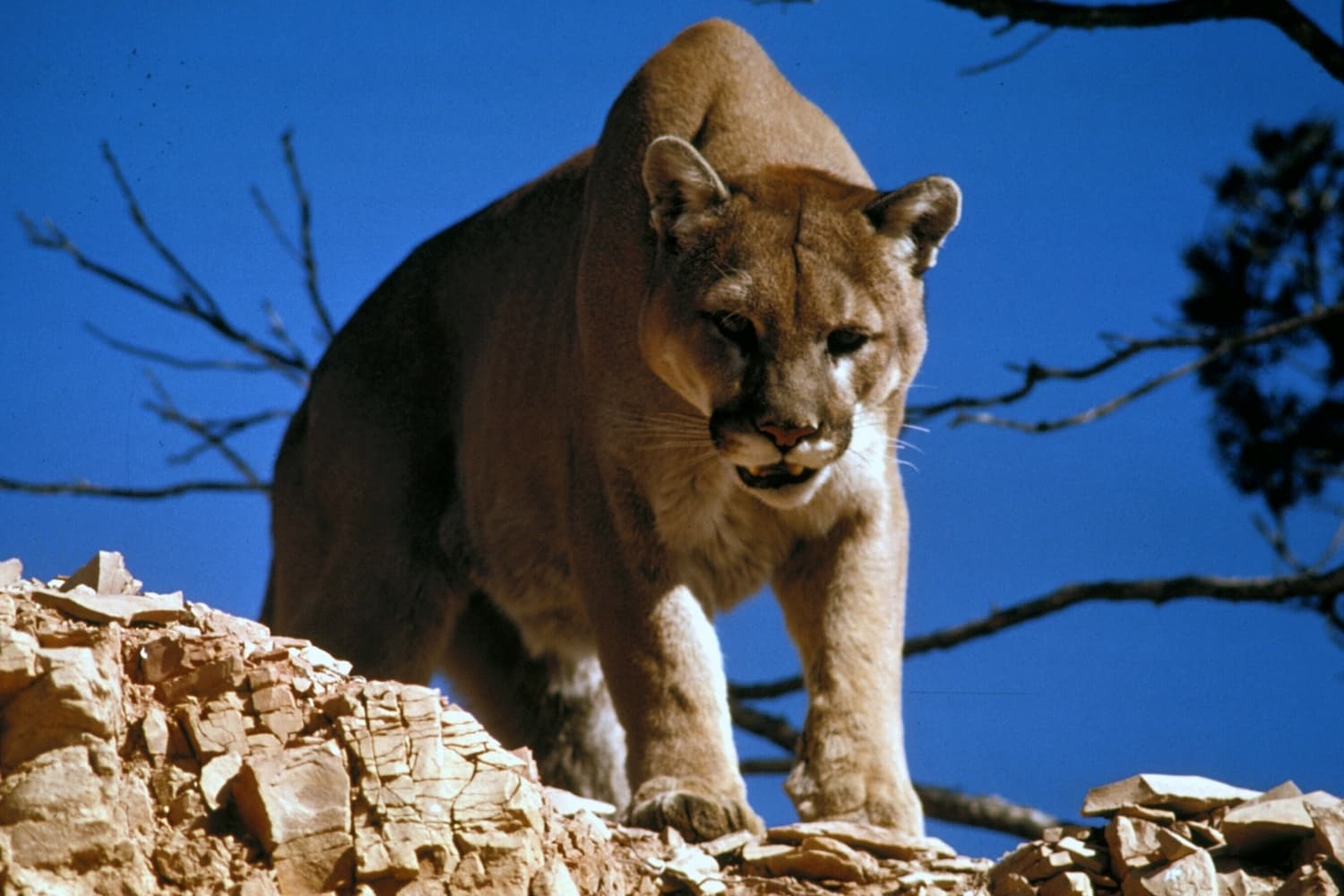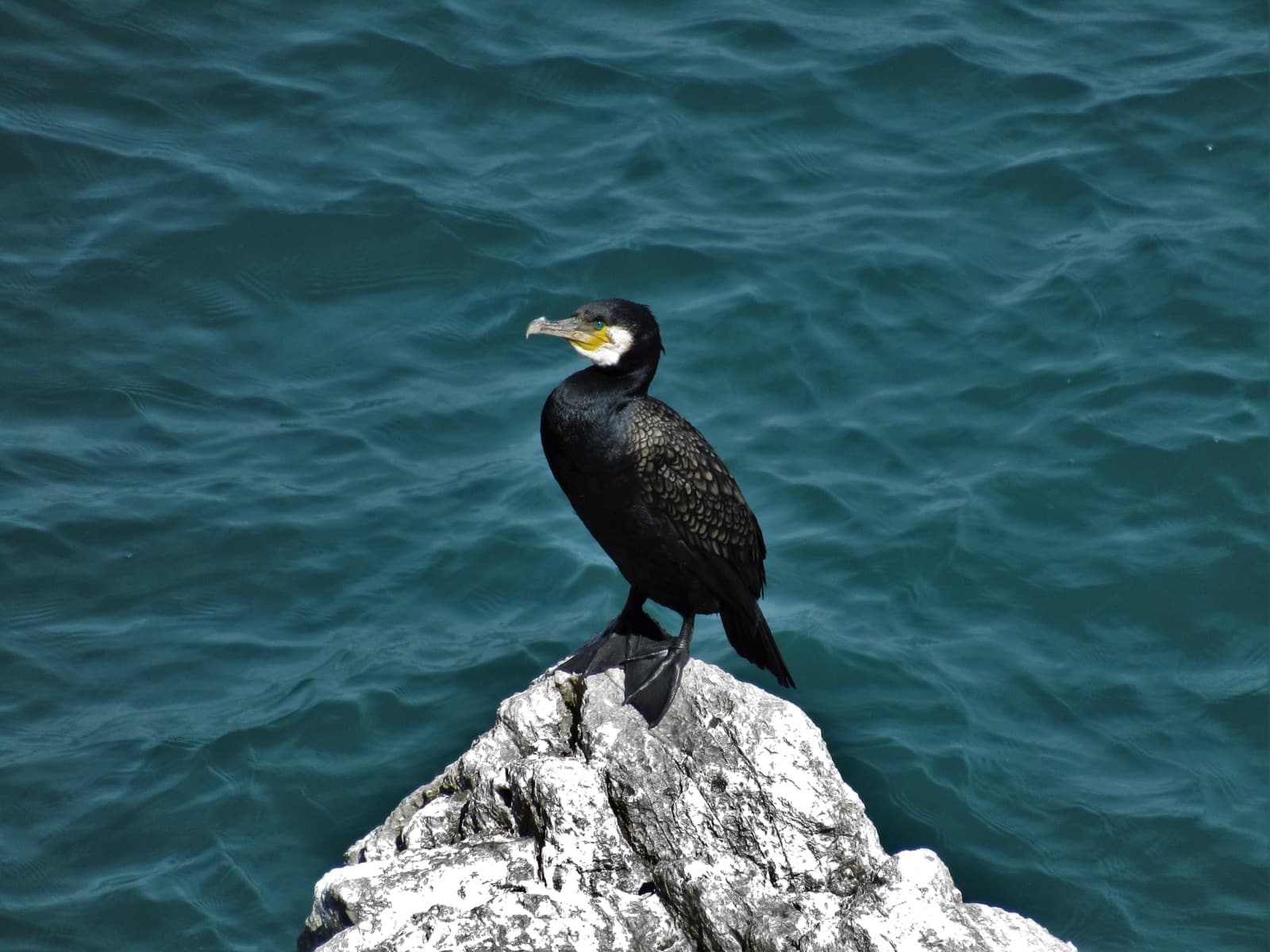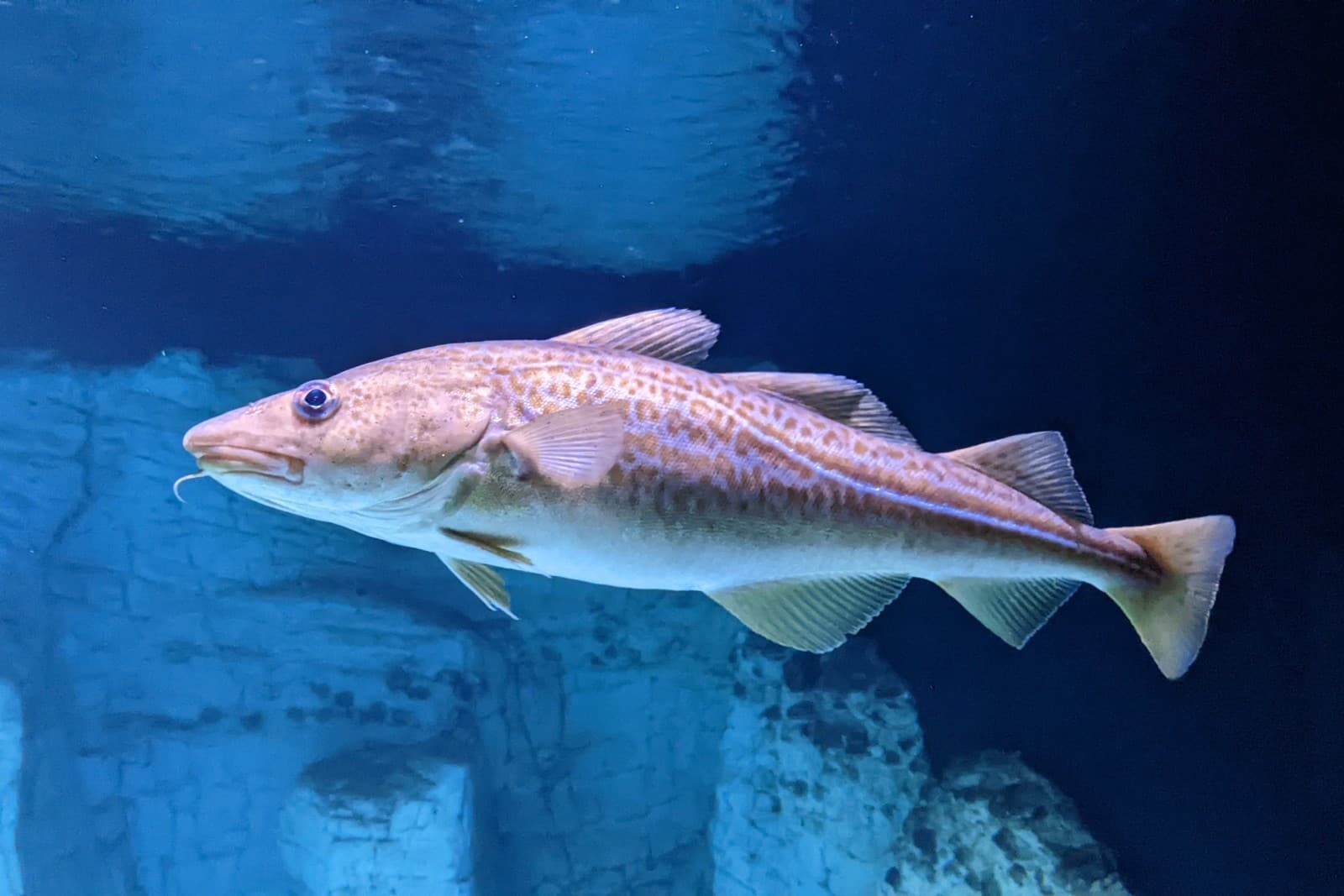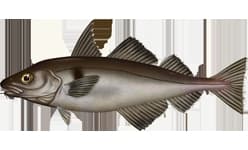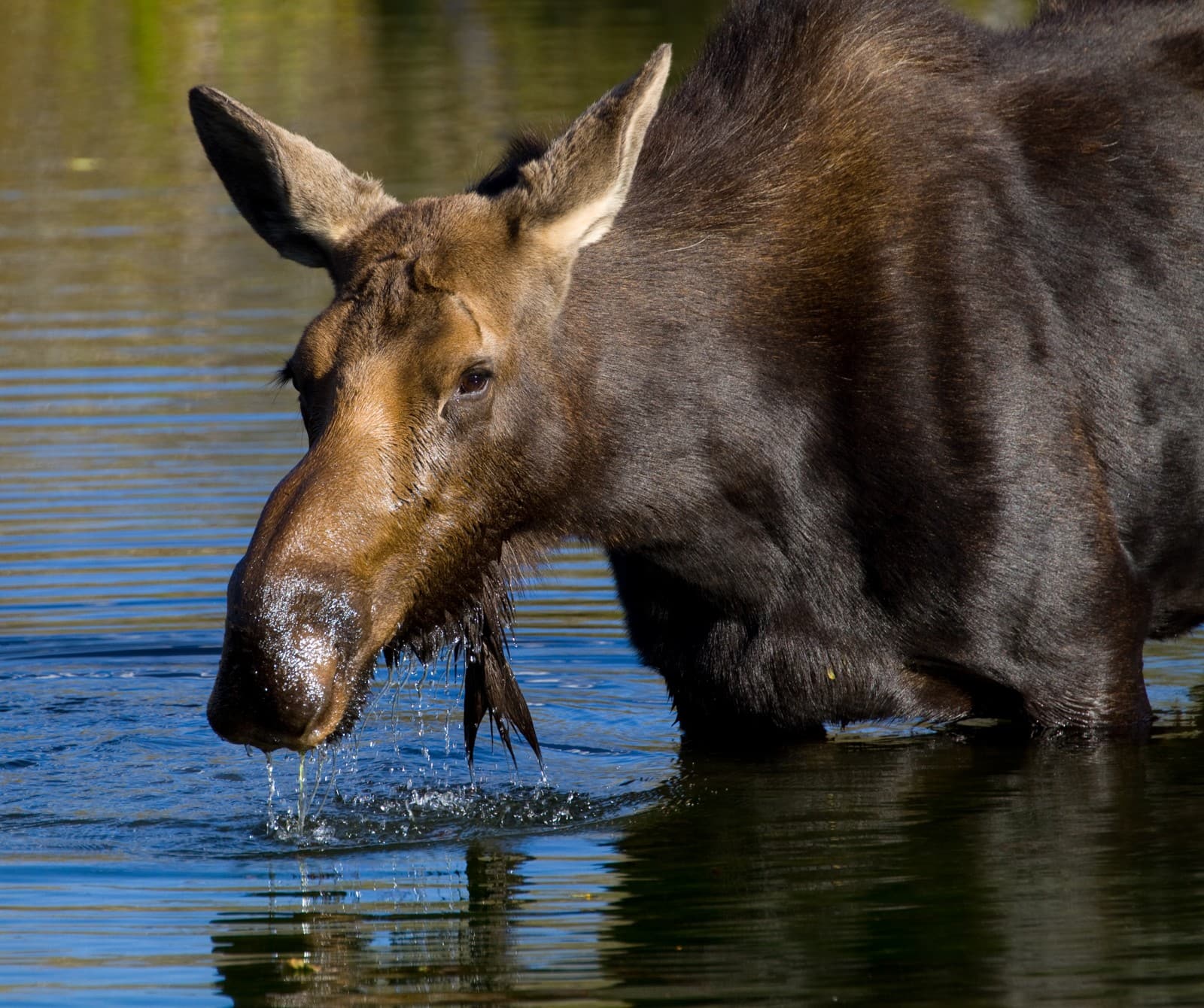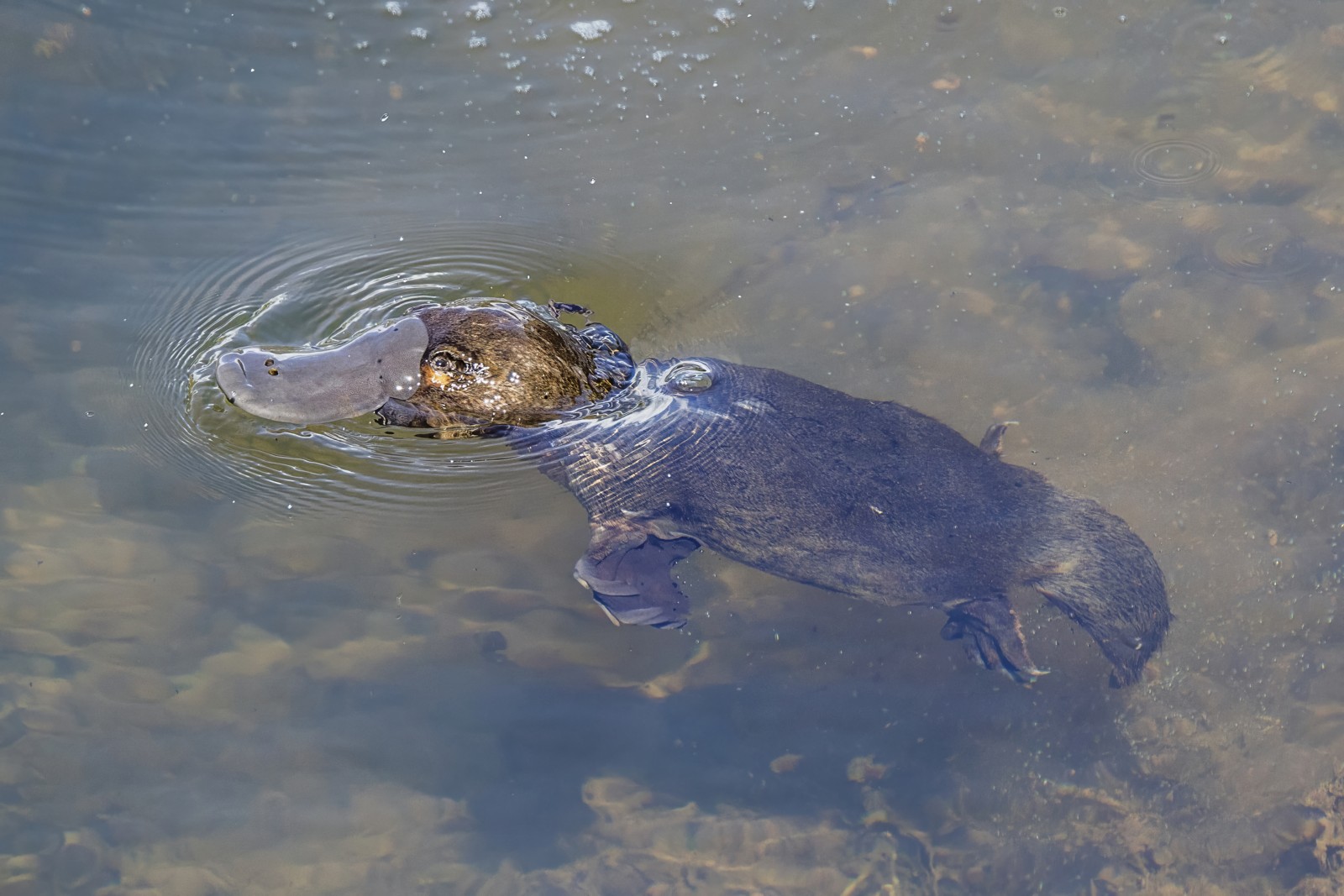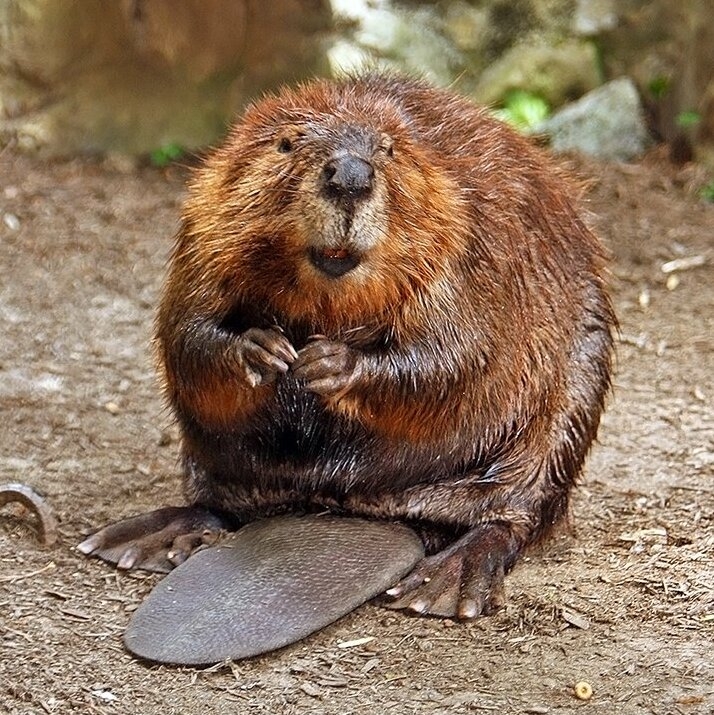Hedgehog vs Tenrec: A Complete Comparison
While hedgehogs and tenrecs may appear strikingly similar at first glance, these spiny mammals represent a remarkable case of convergent evolution. Despite sharing no close genetic relationship, both species evolved similar protective features, with hedgehogs native to Europe, Asia, and Africa, while tenrecs evolved independently on Madagascar. The European hedgehog (Erinaceus europaeus) typically weighs 1.5-2.5 pounds (0.7-1.1 kg), while the common tenrec (Tenrec ecaudatus) averages just 0.5-2.2 pounds (0.2-1 kg).
This comprehensive comparison explores how these fascinating creatures developed similar survival strategies despite being separated by millions of years of evolution and thousands of miles of ocean. From their distinctive spines to their hunting techniques, understanding the key differences between hedgehogs and tenrecs reveals nature’s incredible ability to produce similar solutions to survival challenges.
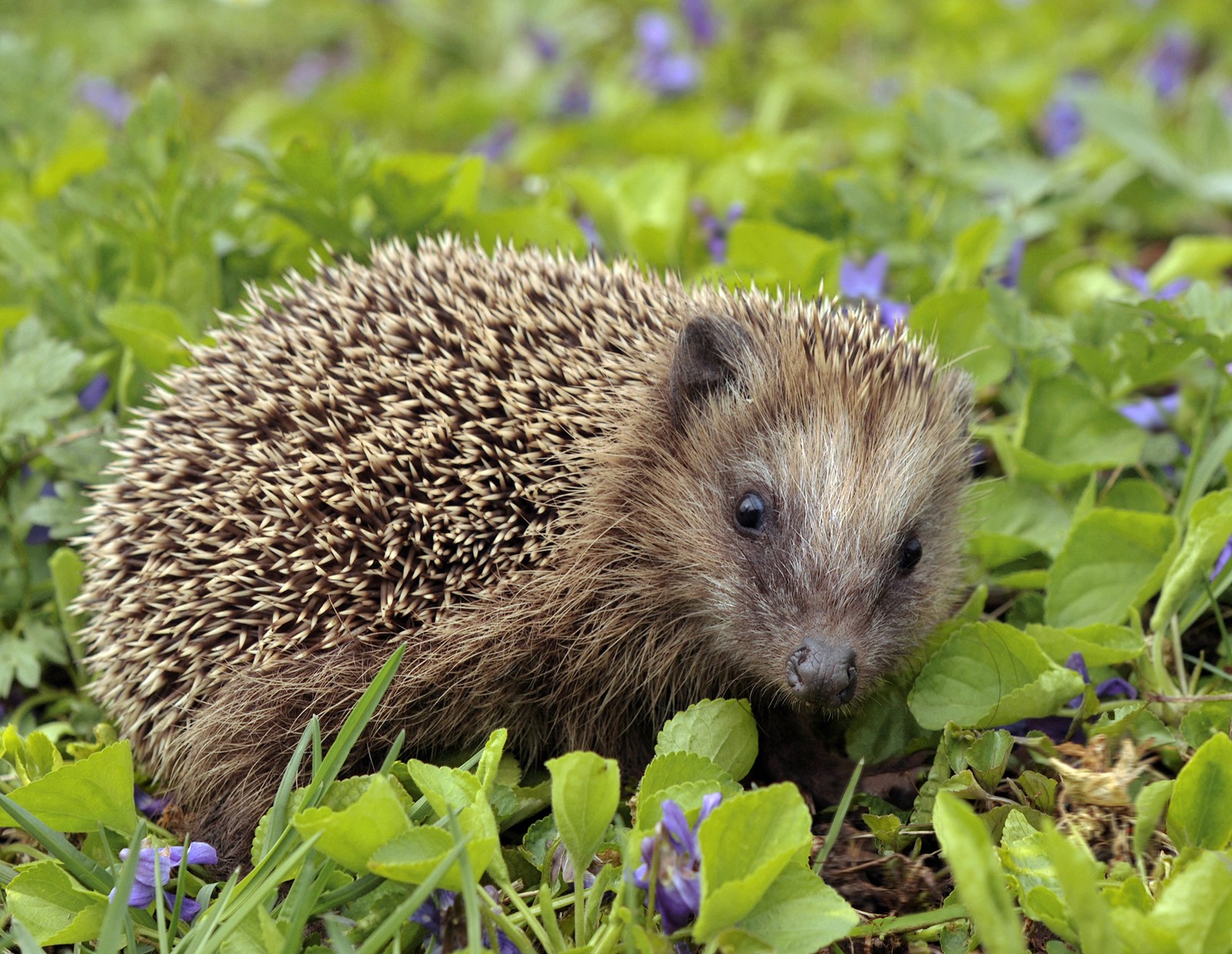
© Michael Gäbler / CC BY-SA 3.0
The European hedgehog displays its characteristic defensive spines while foraging. These specialized hairs are harder and more rigid than those found on tenrecs, providing superior protection against predators.
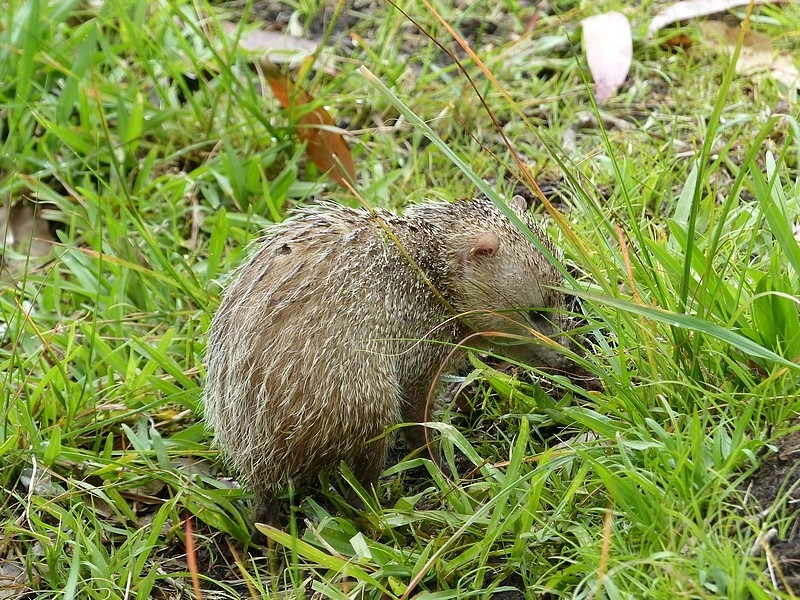
© Christian Grenier / CC0
A Lesser Hedgehog Tenrec demonstrates its more flexible spines, which can be raised for defense but generally lie flatter against the body compared to hedgehog quills. Note the distinctive pointed snout shared by both species despite their separate evolutionary paths.
Key Differences Between Hedgehogs and Tenrecs
| Feature | Hedgehog | Tenrec |
|---|---|---|
| Geographic Range | Europe, Asia, Africa | Madagascar, Comoro Islands |
| Size | 5-12 inches (13-30 cm) | 4-16 inches (10-40 cm) |
| Weight | 1.5-2.5 lbs (0.7-1.1 kg) | 0.5-2.2 lbs (0.2-1 kg) |
| Spine Structure | Rigid, hollow spines | Softer, more flexible bristles |
| Body Temperature | Constant warm-blooded | Variable body temperature |
| Litter Size | 4-6 young | Up to 32 young |
Evolutionary History and Adaptation
While hedgehogs belong to the family Erinaceidae, tenrecs are members of Tenrecidae, representing two distinct evolutionary paths that began diverging over 60 million years ago. The similar spiny appearance evolved independently as a response to predation pressure in their respective environments. Hedgehogs maintain consistent body temperature like most mammals, while tenrecs display more primitive characteristics, including variable body temperature that fluctuates with their environment.
Behavioral Differences
Hedgehogs are primarily solitary creatures, coming together only for mating. They exhibit a distinctive defensive behavior of rolling into a tight ball when threatened, presenting an impenetrable barrier of spines to predators. Tenrecs, particularly the common tenrec, show more social behavior, with females often forming family groups. Their defensive strategy typically involves raising their spines while remaining mobile, rather than forming a complete ball.
Habitat and Diet
Hedgehog Habitat Preferences
- Garden environments
- Woodland edges
- Hedgerows
- Urban parks
- Agricultural borders
Tenrec Habitat Preferences
- Rainforest floors
- Dry deciduous forests
- Cultivated areas
- Savanna regions
- Highland zones up to 8,200 feet (2,500 m)
Both species are opportunistic insectivores, but their hunting strategies differ. Hedgehogs rely heavily on their acute sense of smell and hearing to locate prey, while tenrecs utilize a combination of scent detection and ground vibrations to track insects.
Reproduction and Life Cycle
The reproductive strategies of these species show marked differences. Hedgehogs typically produce one or two litters annually, with 4-6 young per litter. Tenrecs, particularly the common tenrec, can produce remarkably large litters of up to 32 offspring, the largest recorded litter size among all mammals. This high reproductive rate helps compensate for increased predation pressure in their native habitat.
Conservation Status and Human Impact
Both species face challenges from habitat loss and human activities, but their conservation needs differ:
- Hedgehogs: Declining in many European regions due to agricultural intensification and road mortality
- Tenrecs: Generally stable in Madagascar but threatened by deforestation and hunting for bushmeat
Who Would Win in a Confrontation?
While neither species is naturally aggressive toward the other, hedgehogs generally possess stronger defensive capabilities due to their:
- Harder, more rigid spines
- More complete rolling ability
- Larger average size in most species
However, such confrontations would never occur naturally due to their geographic separation, and both species typically avoid confrontation when possible.
Understanding these remarkable creatures helps highlight the fascinating ways evolution can produce similar solutions to survival challenges across different continents and time periods. While hedgehogs and tenrecs may look similar at first glance, their unique adaptations and evolutionary histories make them distinct and equally fascinating members of the animal kingdom.
